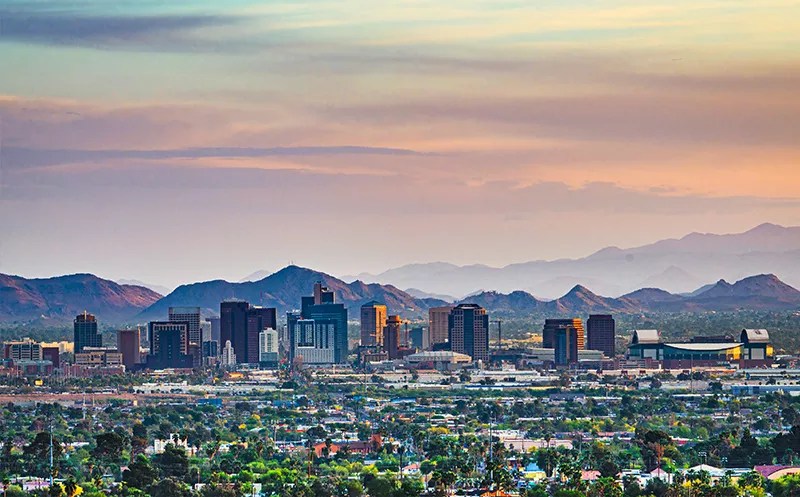
In Phoenix, the landscape of local journalism is shifting beneath our feet. As digital platforms multiply and traditional newsrooms shrink, questions about who tells our stories-and how much we trust them-are more urgent than ever. The stakes aren’t just about headlines; they’re about the very fabric of community connection and civic life in the Valley.
How Newsrooms Change in the Digital Age
Not so long ago, local newspapers and TV stations were the undisputed gatekeepers of information in Phoenix. Today, the rise of digital-first outlets, social media feeds, and hyperlocal blogs has fractured that authority. This isn’t just a Phoenix story-it’s happening nationwide, as explored in depth by Pew Research on the future of journalism and media. In the Valley, legacy newsrooms face tough choices: adapt to new technologies and audience habits, or risk fading into irrelevance.
But adaptation isn’t simple. Shrinking advertising revenue and the race for clicks have led to layoffs, consolidation, and sometimes a loss of the deep, investigative reporting that once defined local journalism. Meanwhile, digital newcomers often lack the resources or institutional memory to fill the gap. The result? Phoenix residents are left navigating a patchwork of information sources, each with its own strengths, blind spots, and biases.
How Trust and Transparency Shape Credibility
With so many voices competing for attention, trust has become the new currency. Who do Phoenicians believe? Which outlets do they turn to in a crisis, or when they want to understand the nuances of city politics, policing, or development? The answer is increasingly complicated. Studies show that trust in media is closely tied to transparency, accountability, and a demonstrated commitment to the community.
This challenge isn’t unique to journalism. Across digital spaces, from news to entertainment, trust is hard-won and easily lost. For example, even in unrelated fields like online gaming, platforms such as trusted online casinos canada have built reputations on transparency, user protections, and clear regulatory standards. The lesson for local newsrooms is clear: credibility is built through consistent, ethical practices and a willingness to own up to mistakes. The FTC guidelines on managing online trust and consumer protection offer a blueprint for how digital businesses-including news organizations-can foster lasting relationships with their audiences.
Building Community Connection for the Future of Local News
Despite the upheaval, there are reasons for optimism. Phoenix is seeing a surge in grassroots reporting projects, nonprofit newsrooms, and collaborations between journalists and community groups. These efforts are often more attuned to the lived realities of Valley residents, covering stories that matter on a neighborhood level. By foregrounding local voices and prioritizing public service over profit, these new models are slowly rebuilding trust where it’s been eroded.
The future of local journalism in Phoenix will depend on more than just technology or business models. It will hinge on the ability of newsrooms-old and new-to listen, adapt, and stay rooted in the communities they serve. As the city grows and diversifies, so too must its storytellers. For those invested in the Valley’s civic life, the evolution of local media is a story worth following, debating, and shaping together.


